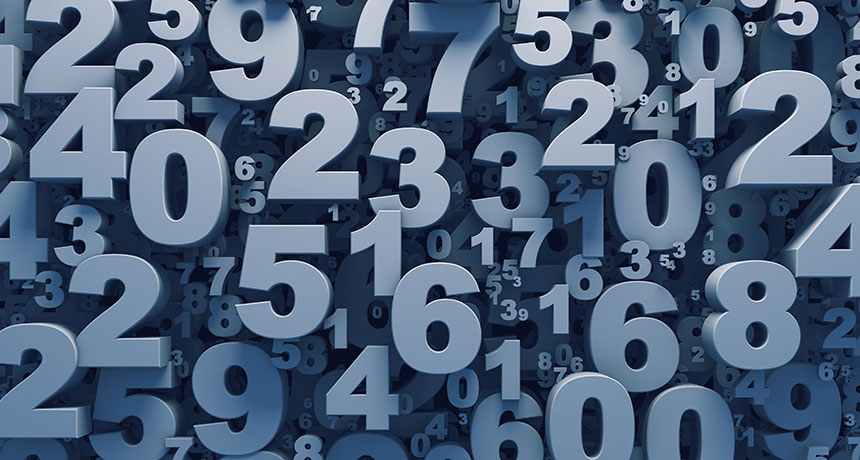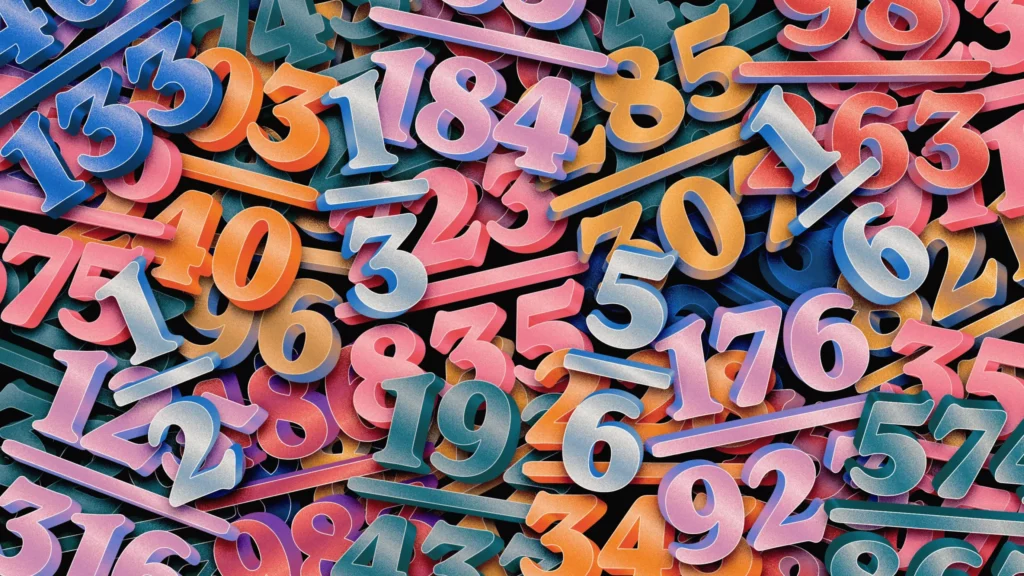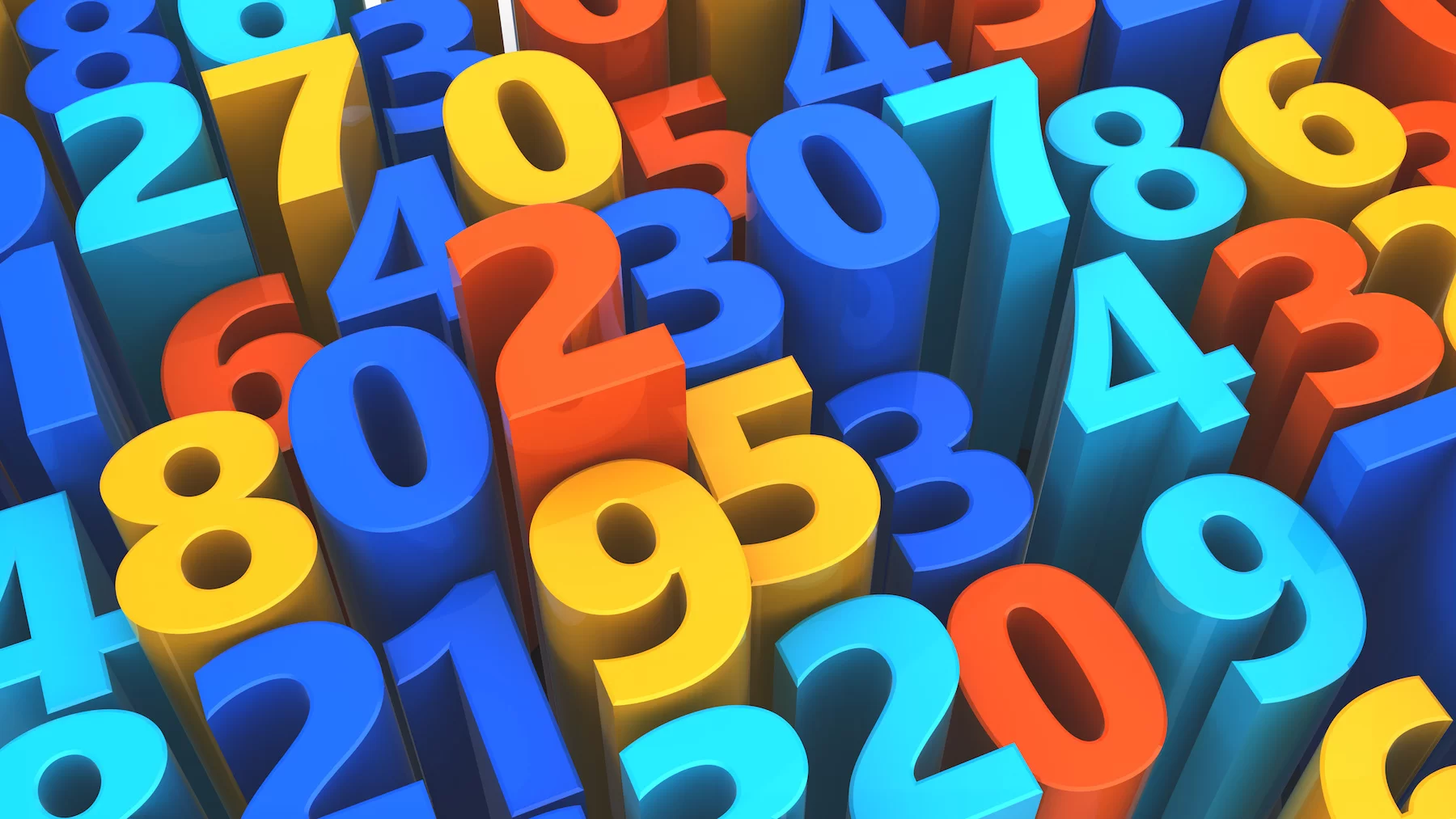Multiplication is one of the fundamental operations in mathematics, and it plays a crucial role in solving a wide range of problems. But have you ever stopped to ponder just how many times a number can be multiplied by itself before reaching a certain outcome? This seemingly simple question opens up a world of exploration, revealing the beauty and complexity inherent in numbers.
You can multiply a number by itself as many times as you like, and we call the number of times you do that the “power” or “exponent.” It’s a simple way to represent repeated multiplication.
If you’re interested in math or just curious about numbers, join us to know the facts. It’s a fun way to learn and explore math concepts.
Understanding Exponential Notation: Unveiling the Power of Exponents

Multiplication Operation: At its core, it is an operation used to calculate the total of repeatedly adding the same number a specified number of times. It is denoted by the “×” symbol or by simply placing numbers side by side, e.g., 2 × 3 or 2 * 3.
Factors: In a multiplication operation, the numbers being multiplied are called “factors.” For example, in 2 × 3, 2 and 3 are the factors.
Product: The result of a multiplication operation is called the “product.” In 2 × 3, the product is 6.
Multiplication Tables: Memorizing multiplication tables (also known as times tables) is a fundamental step in learning multiplication. These tables show the products of multiplying numbers from 1 to 10 by each other, making multiplication calculations faster and easier.
Commutative Property: One of the fundamental properties of it is the commutative property, which states that changing the order of the factors does not change the product. For example, 2 × 3 is equal to 3 × 2, and both equal 6.
Associative Property: Another fundamental property is the associative property, which means that you can group the factors differently without changing the product. For example, (2 × 3) × 4 is equal to 2 × (3 × 4), and both equal 24.
Distributive Property: The distributive property shows how it interacts with addition or subtraction. Also, states that multiplying a number by the sum (or difference) of two other numbers is the same as multiplying the number by each of those numbers and then adding (or subtracting) the results. For example, a(b + c) = ab + ac.
Identity Element: The number 1 is known as the identity element for multiplication. Any number multiplied by 1 remains unchanged. For example, 5 × 1 = 5.
Zero Property: The zero property of multiplication states that any number multiplied by 0 is equal to 0. For example, 7 × 0 = 0.
Multiplication as Repeated Addition: One way to understand it is as repeated addition. For instance, 3 × 4 can be seen as adding 3 four times (3 + 3 + 3 + 3), which equals 12.
Squaring Numbers: The Mathematical Magic of Multiplying a Number by Itself
1. Definition of Squaring a Number:
- Squaring a number means multiplying it by itself.
- The result of squaring a number “a” is denoted as “a^2.”
2. Basic Squaring Examples:
- For example, if you square the number 3, you get 3^2, which equals 3 x 3 = 9.
- Similarly, if you square the number -4, you get (-4)^2, which equals (-4) x (-4) = 16.
3. Geometric Interpretation:
- Squaring a number is closely related to finding the area of a square with sides of length “a.”In this context, “a^2” represents the area of the square. For example, if each side of a square is 4 units long, the area is 4^2 = 16 square units.
4. Squaring Positive and Negative Numbers:
- Squaring any real number (positive or negative) yields a positive result.
- Squaring a negative number results in a positive value.
- Squaring a positive number also results in a positive value.
- Squaring 0 yields 0 (0^2 = 0).
5. Squaring Fractions and Decimals:
- Squaring fractions and decimals follows the same principle as squaring whole numbers. For example, (1/2)^2 = 1/4, and (0.5)^2 = 0.25.
6. Squaring in Algebra:
- In algebra, it is a common operation when working with equations and expressions.
- It is often used to eliminate square roots or to find solutions to quadratic equations.
7. Practical Applications:
- Squaring numbers is used in various real-world applications, including calculating areas, determining distances, and solving mathematical problems. In science and engineering, it is used to find magnitudes, such as the square of velocity in physics or the square of a distance in geometry.
8. Powers of 2:
- Squaring numbers is a fundamental way to generate powers of 2. For example, 2^1 = 2, 2^2 = 4, 2^3 = 8, and so on.
9. Connection to Exponential Notation:
- Squaring is closely related to exponential notation, where “a^2” represents “a” raised to the power of 2.
Square Roots: Unlocking the Secrets of Radical Mathematics
1. Definition of Square Root:
A square root is a mathematical operation that, when applied to a number, yields another number that, when multiplied by itself, gives the original number. It is a number “a” is represented as √a, where the symbol (√) denotes the square root.
2. Basic Square Root Examples:
- For example, the square root of 25 is √25, which equals 5 because 5 x 5 = 25.
- Similarly, the square root of 9 is √9, which equals 3 because 3 x 3 = 9.
3. Positive and Negative Square Roots:
- Most positive numbers have two square roots: one positive and one negative. For instance, the square root of 25 has two solutions: √25 = 5 and -√25 = -5. However, by convention, when we say “square root,” we typically refer to the positive square root unless otherwise specified.
4. Non-Perfect Square Roots:
- Not all numbers have perfect square roots (integers). For example, the square root of 2 is approximately 1.41421356…, and it is considered an irrational number because it cannot be expressed as a fraction of two integers.
5. Radical Notation:
- They are often represented using radical notation, such as √a. The term inside the radical symbol (a) is called the radicand.
6. Geometric Interpretation:
- The square root of a positive number “a” can be thought of as the side length of a square with an area equal to “a” square units. For example, √9 is the side length of a square with an area of 9 square units.
7. Solving Equations:
- They are essential for solving quadratic equations, where expressions are set equal to zero, and solutions are found by taking the square root of both sides.
8. Real-World Applications:
- They have practical applications in fields such as physics, engineering, finance, and computer science. They are used to calculate distances, determine the magnitude of vectors, calculate standard deviation in statistics, and more.
9. Complex Numbers:
- It can also be applied to negative numbers, leading to the concept of complex numbers. For instance, the square root of -1 is represented as “i,” where “i” is the imaginary unit.
10. Notation for Principal Square Root:
- Sometimes, the notation √a is used to represent the principal (non-negative) square root of a number. In this context, √a always refers to the positive square root.
Unlocking the Power of Exponents and Powers in Mathematics
Exponents and powers are mathematical tools used to indicate how many times a number (the base) is multiplied by itself. For example, in 2^3, 2 is the base, and the exponent (3) tells us to multiply 2 by itself three times, resulting in 2 x 2 x 2 = 8. They are fundamental concepts in mathematics used for efficient representation and calculations.
The Properties of Repeated Multiplications

1. Commutative Property of Multiplication:
- The commutative property states that the order of multiplication does not affect the result.
- In other words, for any two numbers “a” and “b,” “a x b” is equal to “b x a.”For example, 3 x 4 is the same as 4 x 3, and both equal 12. This property holds true for any real numbers.
2. Associative Property of Multiplication:
The associative property states that the grouping of numbers in a multiplication does not change the result.So, for any three numbers “a,” “b,” and “c,” “(a x b) x c” is equivalent to “a x (b x c).”In this case, 2 x (3 x 4) and 2 x (3 x 3) both add up to 24.
The associative property is applicable to all real numbers, just like the commutative property is.
3. Distributive Property of Multiplication:
- The distributive property describes how multiplication interacts with addition or subtraction.
- It states that multiplying a number by the sum (or difference) of two other numbers is the same as multiplying the number by each of those numbers and then adding (or subtracting) the results.
- For any three numbers “a,” “b,” and “c,” “a x (b + c)” is equal to “(a x b) + (a x c).”
- Similarly, “a x (b – c)” is equal to “(a x b) – (a x c).”
- For example, 2 x (3 + 4) is equal to (2 x 3) + (2 x 4), which simplifies to 14.
4. Applications:
- These properties are fundamental in mathematics and are used extensively in solving equations, simplifying expressions, and manipulating algebraic equations.
- The commutative and associative properties make it easier to perform multiplications in any order or grouping.
- The distributive property allows us to expand and simplify expressions involving multiplication and addition or subtraction.
FAQs
What tells how many times a number is multiplied by itself?
The number that tells how many times a number is multiplied by itself is called the “exponent” or “power.”
What number is multiplied by itself?
The number multiplied by itself is referred to as the “base.”
When 1 is multiplied by itself 100 times?
When 1 is multiplied by itself 100 times, it results in 1 because any number raised to the power of 0 is equal to 1.
What is a number multiplied by itself twice called?
A number multiplied by itself twice is called the “square” of that number. For example, the square of 3 is 9 (3 x 3).
Is every number a multiple of itself?
Yes, every whole number is a multiple of itself because any number multiplied by 1 equals itself.
Final Words:
Understanding how many times a number is multiplied by itself is at the core of fundamental mathematical concepts such as exponents, powers, and square roots. These concepts provide us with powerful tools for solving a wide range of mathematical problems, from basic arithmetic to advanced algebra and beyond.
Moreover, whether you are calculating areas in geometry, solving equations in algebra, or modeling exponential growth in the real world, the ability to grasp and manipulate repeated multiplications is an essential skill. It not only simplifies calculations but also unlocks the door to a deeper understanding of the mathematical universe and its applications in various fields.



